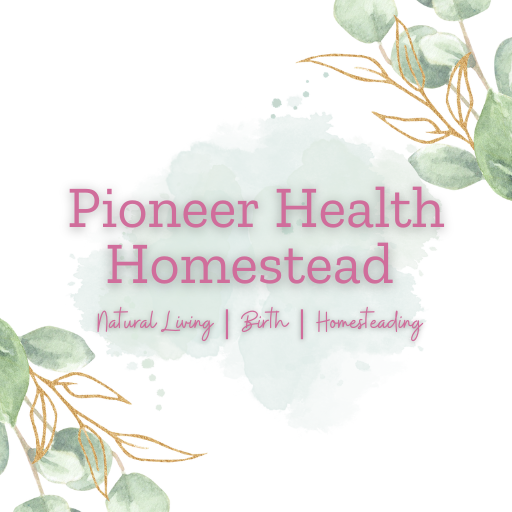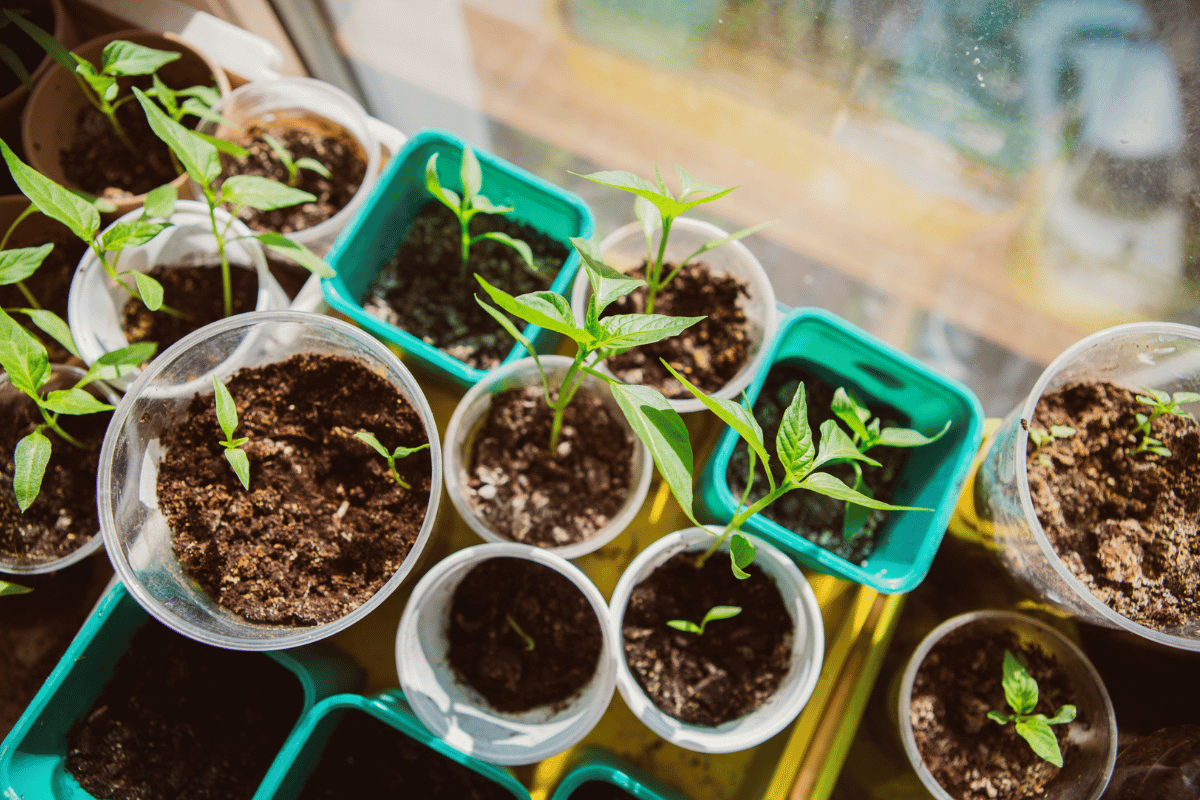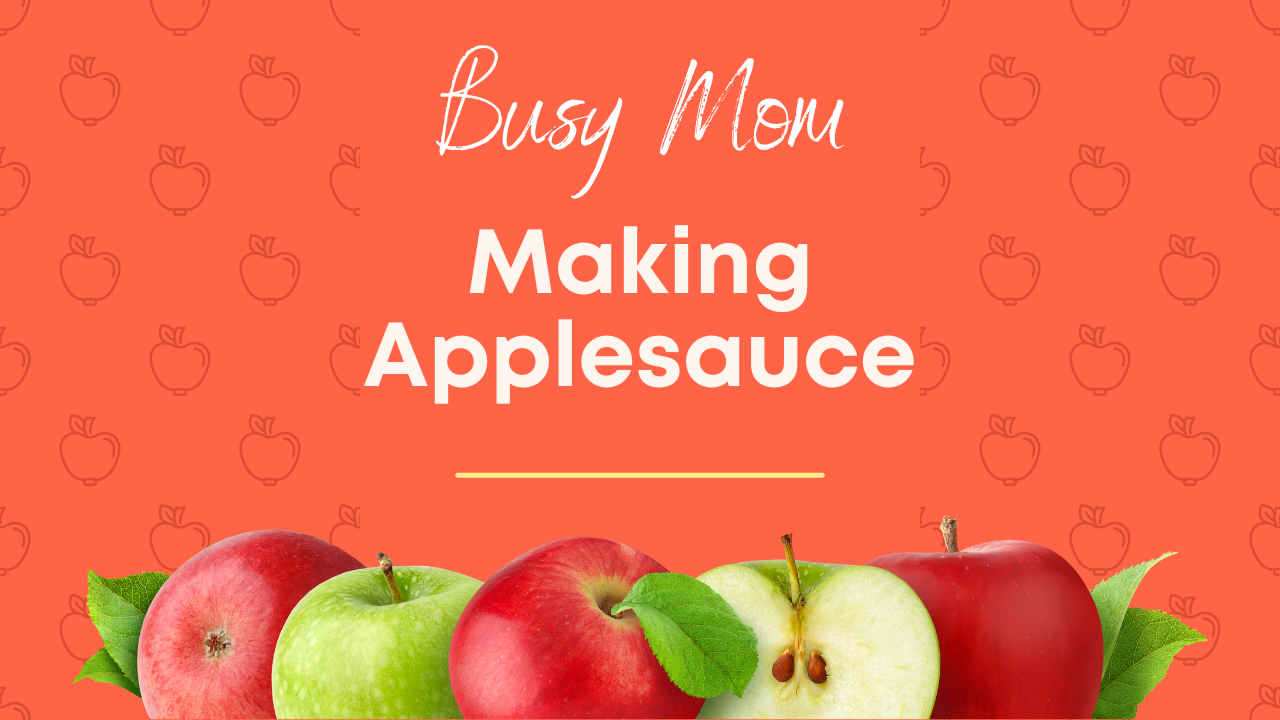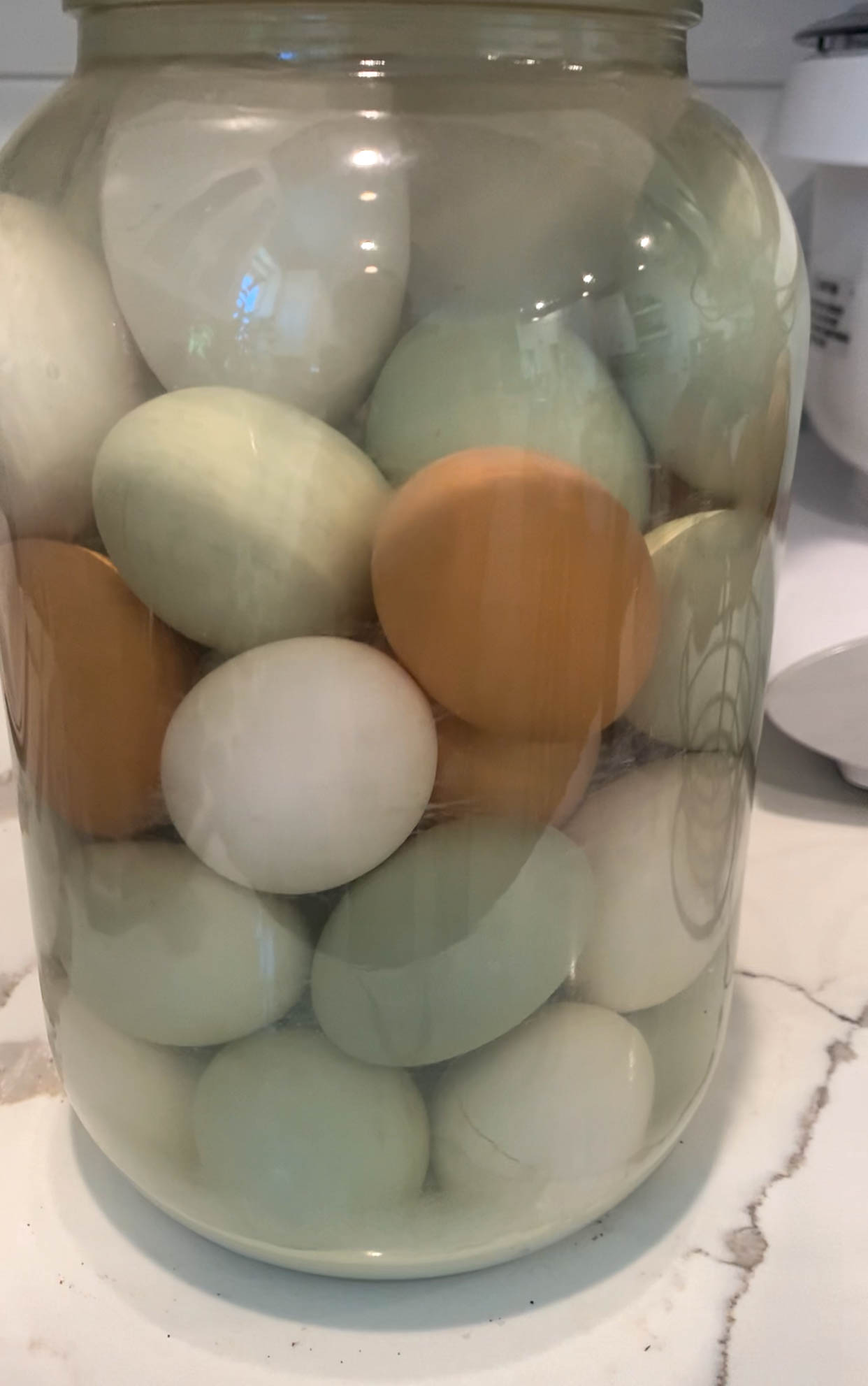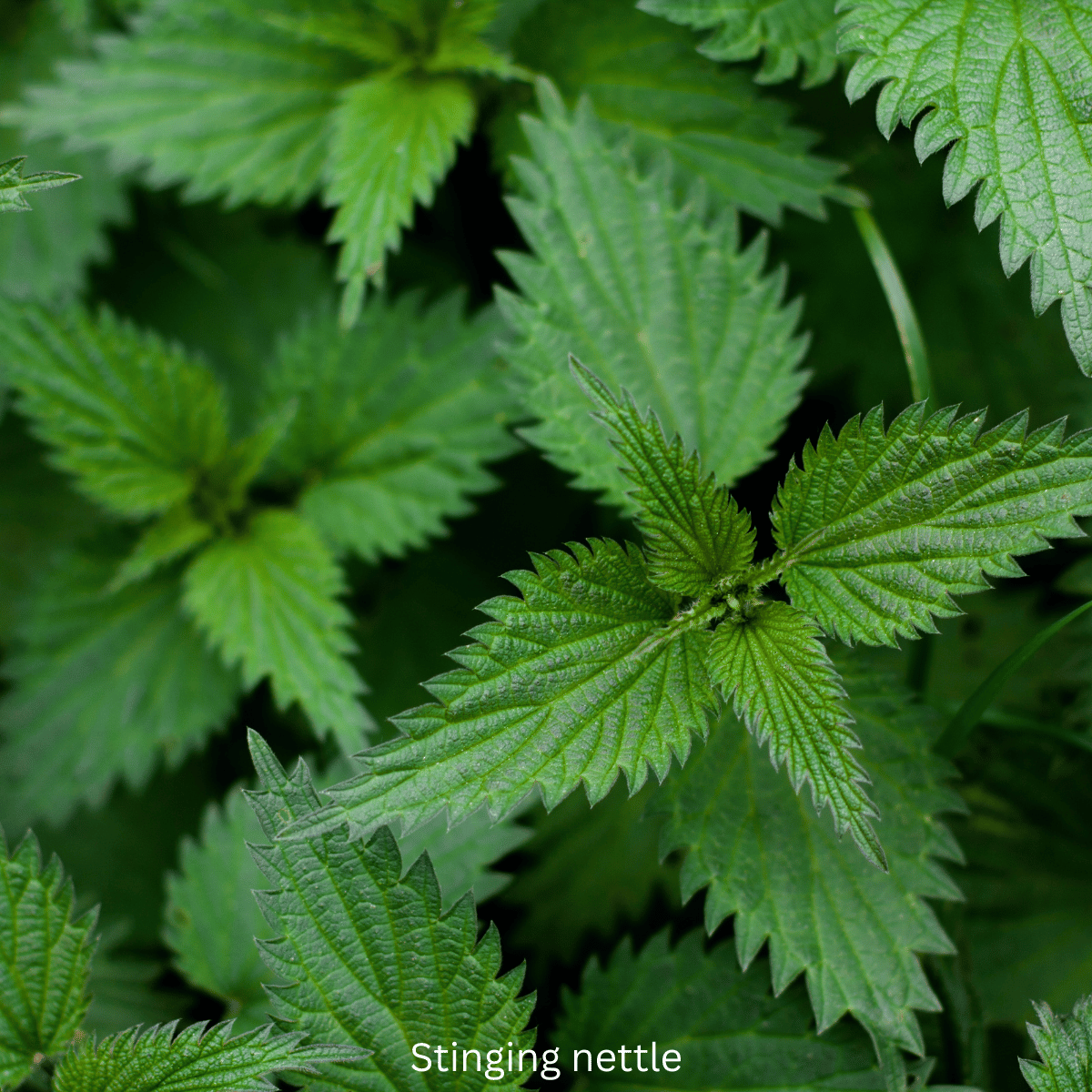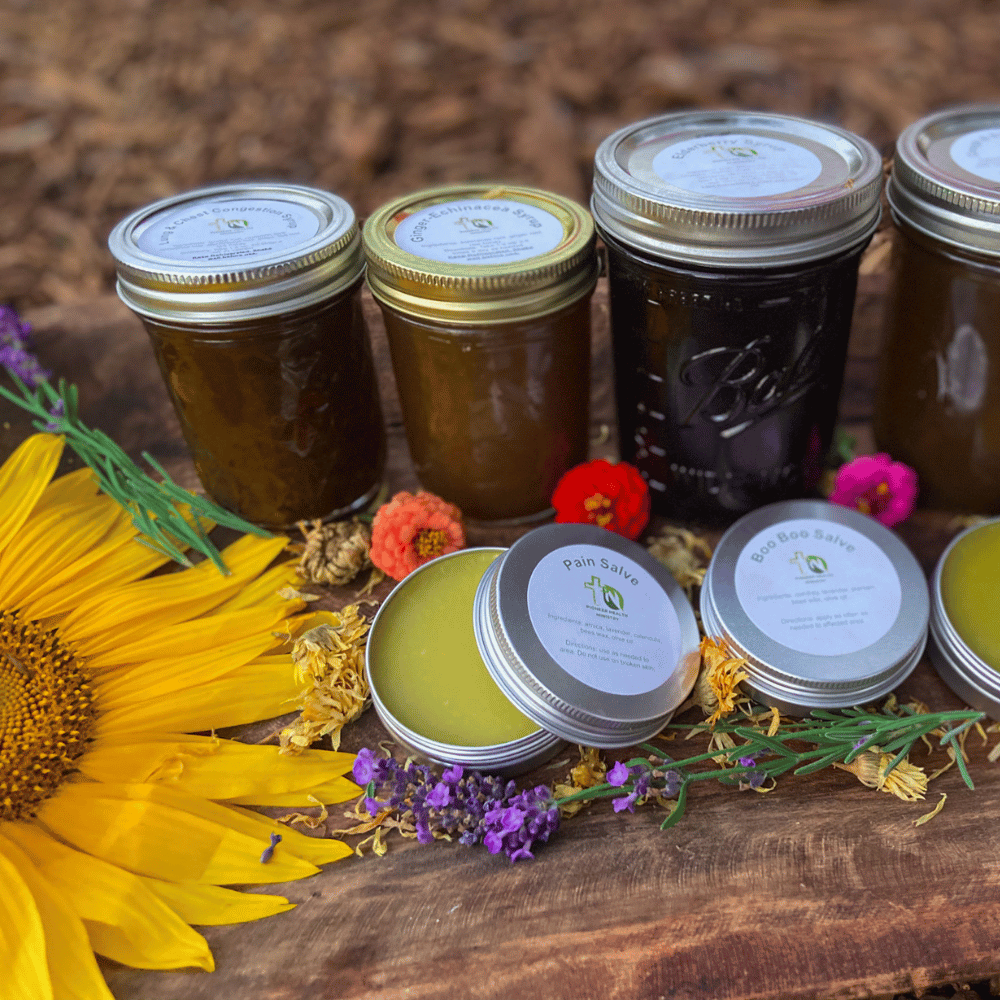How Long Do Herbs Take to Grow? Ultimate Garden Guide
How Long Do Herbs Take to Grow? As a homesteader, registered nurse, and mom of five, I’ve had my fair share of experiences growing herbs both indoors and outdoors. One of the most common questions I get is how long herbs take to grow. The answer depends on the type of herb—whether it’s a fast-growing annual like Ocimum basilicum (basil) or a slower-growing perennial like Salvia officinalis (sage). With the right conditions—like full sun, well-drained soil, and proper care—you can start harvesting fresh herbs within weeks to months. Let’s dive into what influences growth and how you can create the perfect environment for your herb garden!

Understanding Different Types of Herbs
Annual Herbs
Annual herbs are plants that complete their entire life cycle—from seed to flower to seed again—within one growing season. Examples of annual herbs include basil (Ocimum basilicum), cilantro (Coriandrum sativum), and dill. These herbs grow quickly, often sprouting in just a week or two, making them ideal for gardeners who want a fast harvest. They thrive in full sun and well-drained soil, and with proper care, you can start harvesting fresh leaves within a few weeks of planting. However, they will die off at the end of the season, so they need to be replanted each year.
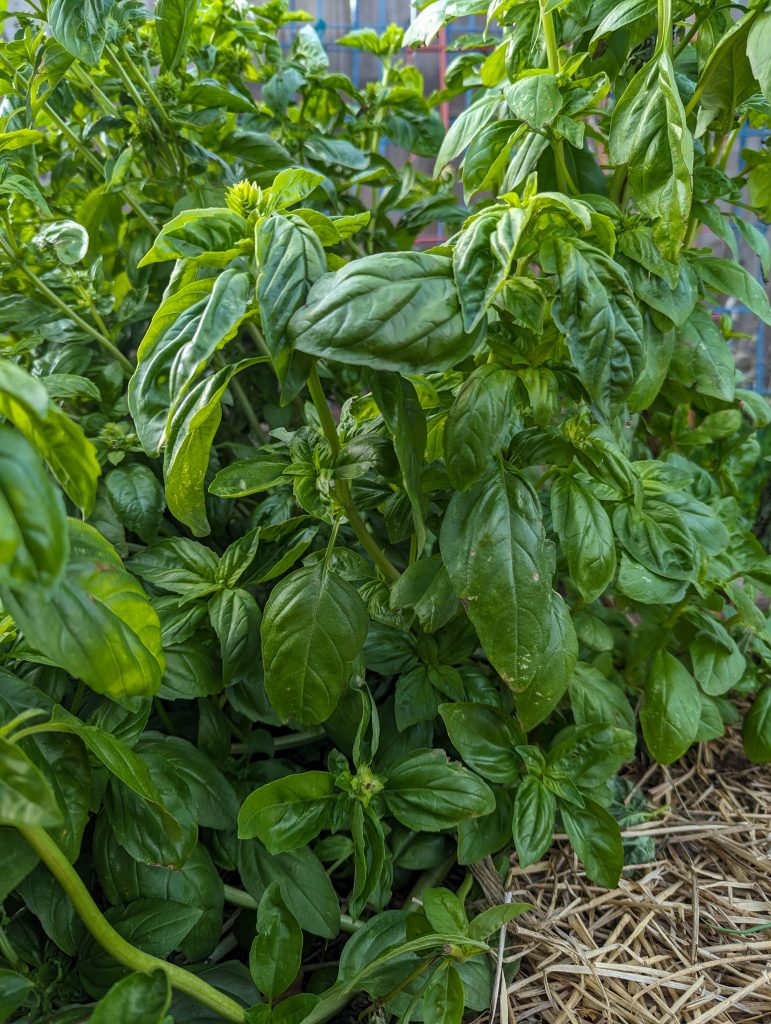
Perennial Herbs
Perennial herbs live for multiple years, coming back stronger each season. These herbs, like sage (Salvia officinalis), thyme (Thymus vulgaris), and mint, are a great investment in your garden since they continue to produce new growth year after year. While they may take longer to establish than annuals, once they do, they require minimal maintenance. Many perennial herbs thrive in a sunny location, but some, like lemon balm, do well in partial shade. It’s important to give them well-drained soil and plenty of space to grow, as some, like mint, can spread quickly.
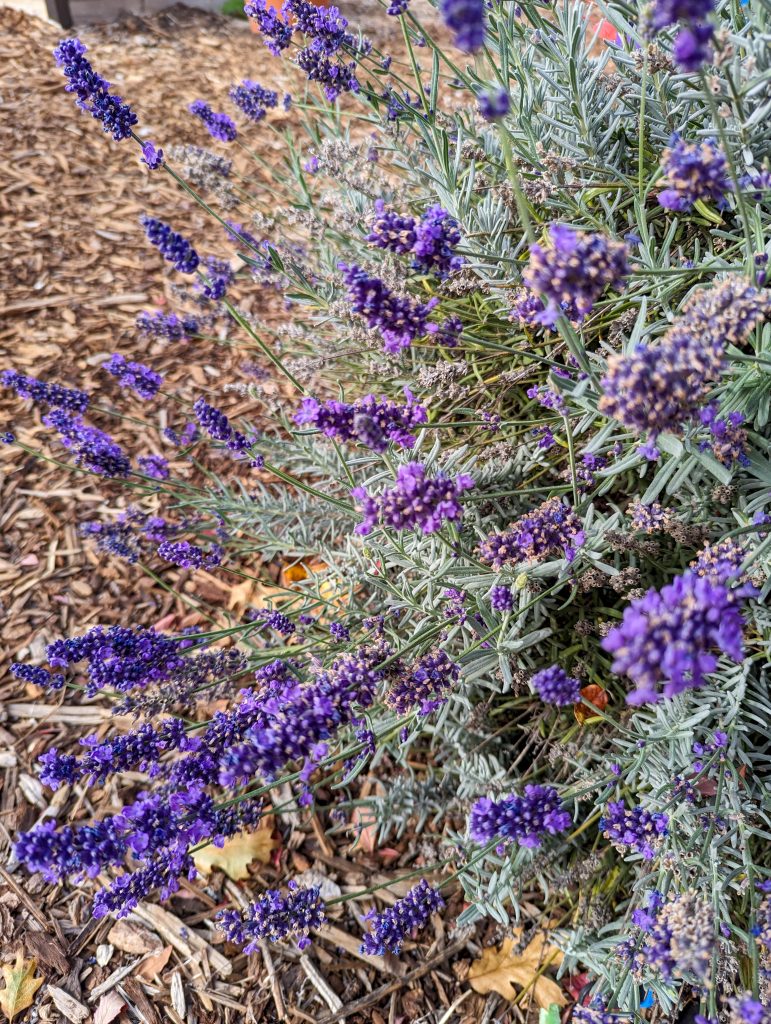
Biennial Herbs
Biennial herbs have a two-year life cycle. In the first year, these herbs focus on growing leaves, while in the second year, they produce flowers and seeds before dying off. Parsley (Petroselinum crispum) is a classic example of a biennial herb. During the first year, you can harvest fresh leaves, but be prepared for the plant to bolt and go to seed in the second year. Biennial herbs can be tricky to manage since their growth is spread over two seasons, but they’re worth the wait for those who want fresh herbs for an extended period.
Save for Later!

Choosing the Right Herb for Your Garden
When deciding what herbs to grow, consider whether you want to focus on culinary herbs, such as basil and thyme, or medicinal herbs, like lemon balm and sage. If you’re looking for quick-growing herbs, annuals are your best bet. For long-term harvests and a more established garden, perennial herbs are a better choice. Consider your space, sunlight availability, and how much maintenance you’re willing to do. Whether you’re planting in small pots on a windowsill or establishing a full herb garden, there’s an herb for every gardener!
How Long Does It Take for Herbs to Grow?
The growing time for herbs varies significantly depending on the type of herb. Quick annual herbs, like basil, may sprout in just 7–14 days and can be ready for harvest in as little as 3–4 weeks. These fast-growing herbs are perfect for those looking to quickly enjoy the fruits of their labor. In contrast, perennials like sage and thyme take longer to establish, often requiring a full growing season before they produce a significant harvest. While the wait may feel longer, the reward is a thriving plant that will return year after year.
Understanding Sprouting Times
Herb seeds generally sprout within 7–21 days under the right conditions, which include moist soil, full sun, or light shade, depending on the specific herb. For example, herbs like cilantro prefer cooler temperatures and may need a bit of light shade, while others like rosemary thrive in full sun.
Many gardeners find that early spring is the best time to sow seeds for a variety of herbs, ensuring optimal growth and a bountiful harvest as the growing season progresses. Starting seeds indoors can also give you a head start, allowing you to transplant young plants outside when the weather warms up. By understanding the growth patterns and specific needs of your herbs, you can plan your garden effectively and enjoy a continuous supply of fresh herbs throughout the year.
Best Growing Conditions for Your Herbs
Soil Conditions
Herbs need well-drained, fertile soil for the best results. Proper drainage is essential to prevent waterlogged soil, which can lead to root rot and other issues. If you’re using containers, be sure to include drainage holes to allow excess water to escape. It’s a good practice to use a potting mix designed for herbs or vegetables, which often includes components like peat moss and perlite for aeration.
While many herbs prefer lighter, airy soil types, some, like mint and lemon balm, can tolerate heavier clay soils. However, for optimal growth, it’s best to aim for a mix that provides both nutrients and adequate drainage. Consider amending clay soils with compost or sand to improve their texture and fertility.
Light Needs
Most herbs thrive in direct sunlight or natural light, making a sunny location like a windowsill ideal for indoor herb gardens. Most herbs require at least 6-8 hours of sunlight each day, so choosing the right spot is crucial.
When natural light is limited, especially during the winter months, consider using grow lights or fluorescent lights to provide the necessary light for healthy growth. LED grow lights are particularly efficient and can mimic the full spectrum of sunlight, promoting robust growth in your herbs.
Tender herbs like basil particularly need enough light to flourish. If you notice your plants becoming leggy or stretching toward the light, it’s a sign they may not be getting enough.
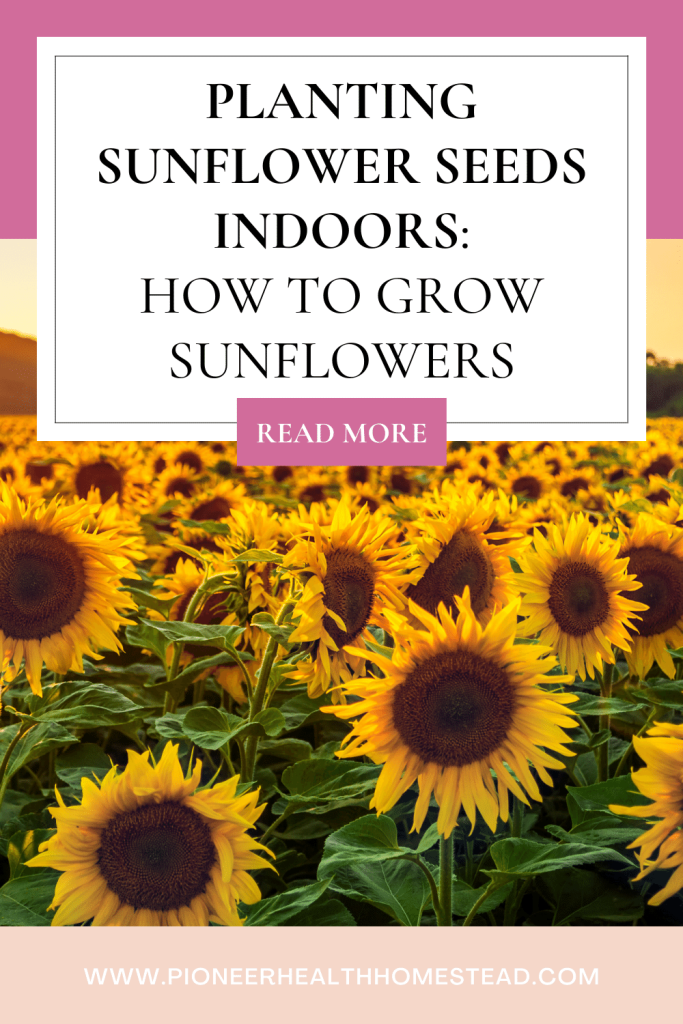
Moisture Management
Finding the right balance of moisture is key—herbs like moist but not soggy soil. Overwatering can quickly lead to issues, so it’s important to monitor soil moisture regularly. A good rule of thumb is to water when the top inch of soil feels dry to the touch. Using pots with drainage holes can help you avoid waterlogging.
To maintain soil moisture, consider using mulch or a top layer of gravel in outdoor gardens, which can help retain moisture while also keeping weeds at bay. For indoor herb gardens, you might also use self-watering pots, which can help regulate moisture levels more effectively.
Air Circulation
Ensuring good air circulation is crucial to prevent pests like spider mites, particularly when growing indoors. Adequate spacing between plants not only promotes airflow but also helps reduce humidity around the leaves, which can deter pests.
Additionally, regularly checking your plants for any signs of pest activity or diseases can help you catch problems early. If you’re growing indoors, consider using a small fan to improve air circulation, especially in a closed environment. Proper air circulation will not only keep your herbs healthy but will also promote stronger, more resilient plants.
By creating the right environment—focusing on soil quality, light exposure, moisture management, and air circulation—you’ll set your herbs up for success, allowing them to thrive and flourish throughout the growing season.
How to Grow Herbs Indoors and Outdoors
Indoor Herb Gardens
Creating an indoor herb garden is a rewarding way to enjoy fresh herbs year-round, and it’s perfect for those new to gardening. For beginners, easy herbs like basil, mint, and chives are fantastic choices for a kitchen windowsill. These herbs not only enhance your cooking but also add a lovely green touch to your home.
When growing potted herbs, small pots with good soil conditions are essential. Using a high-quality potting mix designed for herbs ensures that your plants have the nutrients they need. As your herbs grow, consider transitioning them to larger containers to accommodate their root systems. This will help prevent them from becoming root-bound and allow for continued healthy growth.
The placement of your indoor herbs is crucial. Sunny windowsills that receive plenty of natural light are ideal for most herbs. If your indoor space lacks adequate sunlight, using grow lights can provide the necessary illumination to keep your herbs thriving. Position the lights a few inches above the plants, adjusting as they grow, to mimic natural sunlight and promote robust growth.
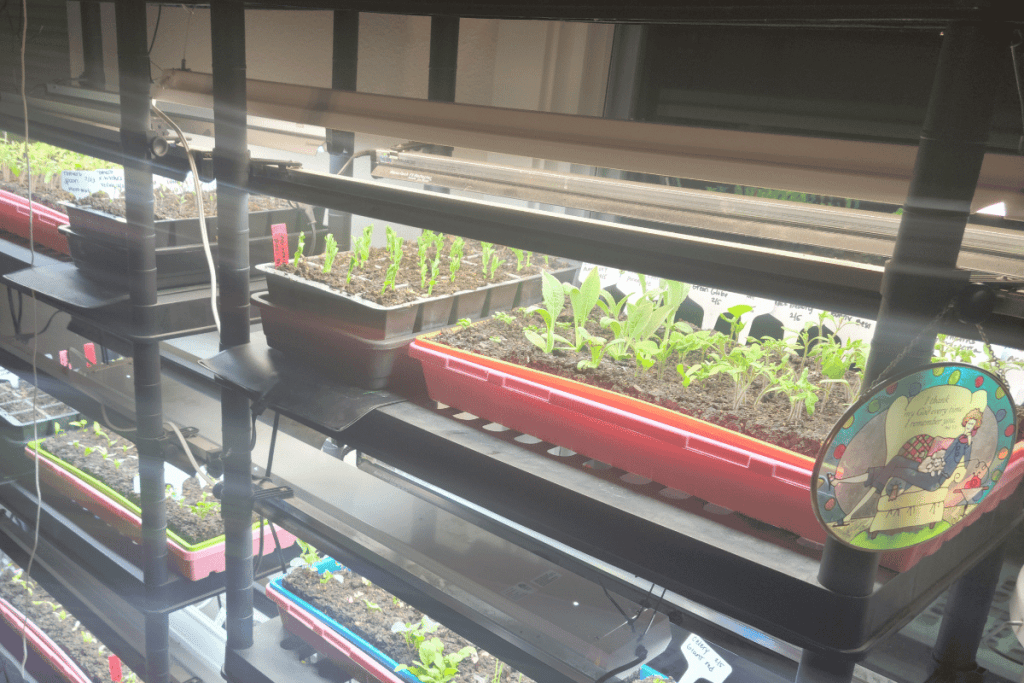
Outdoor Herb Gardens
For outdoor planting, setting up a raised bed or ensuring well-drained soil in a sunny spot is key to a successful herb garden. Herbs like thyme, sage, and rosemary flourish in full sun, making them perfect for open, sunny areas. They require at least 6-8 hours of direct sunlight each day to thrive.
Some herbs, such as lemon balm, can handle partial shade, making them versatile options for areas that don’t receive full sun throughout the day. When planning your outdoor herb garden, be mindful of the specific light and water needs of each plant, ensuring they’re placed in the best location for their growth requirements.
The best time to transplant herbs outdoors is in late spring, after cold temperatures have passed. This timing allows the soil to warm up and encourages healthy root development. If you’re starting herbs from seeds, you can also sow them in early spring, allowing them to establish before the heat of summer arrives. With careful planning and attention to their needs, your indoor and outdoor herb gardens can provide a bounty of fresh flavors to enhance your cooking and home!
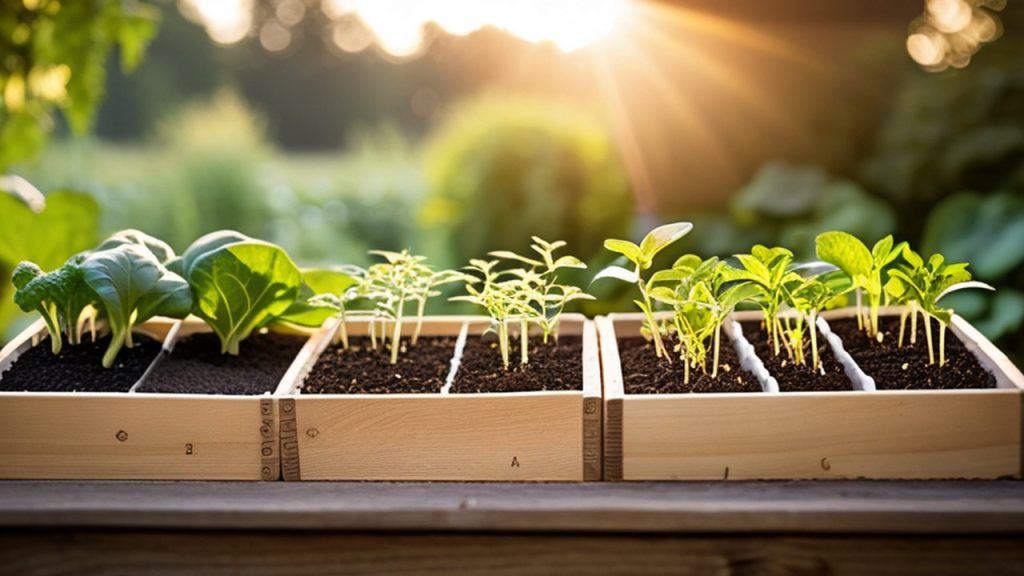
Harvesting and Preserving Your Herbs
When to Harvest Herbs
Timing is everything when it comes to harvesting herbs. It’s important to wait until your young plants are well established before cutting any leaves. This allows them to develop a strong root system, which will help sustain growth after harvesting. As a general rule, you can start to harvest once your herbs are about 6 inches tall, ensuring you leave enough foliage for continued growth.
For the best flavor and aroma, it’s advisable to cut herbs in the morning when the essential oils are most concentrated. This is when the plants are most hydrated, and the oils, which provide flavor and fragrance, are at their peak. Use sharp scissors or pruning shears to make clean cuts, encouraging healthy regrowth.
Drying Herbs for Later Use
If you want to enjoy your herbs long after the growing season ends, drying is an excellent method of preservation. To dry herbs, gather them into small bundles and tie the stems together with string. Hang them upside down in a paper bag in a warm, dry place with good air circulation. The paper bag helps catch any falling leaves and prevents dust from settling on your herbs.
Allow the herbs to dry for about two weeks, or until the leaves are brittle and easily crumble. Once dried, remove the leaves from the stems and store them in airtight containers to preserve their flavor and potency.
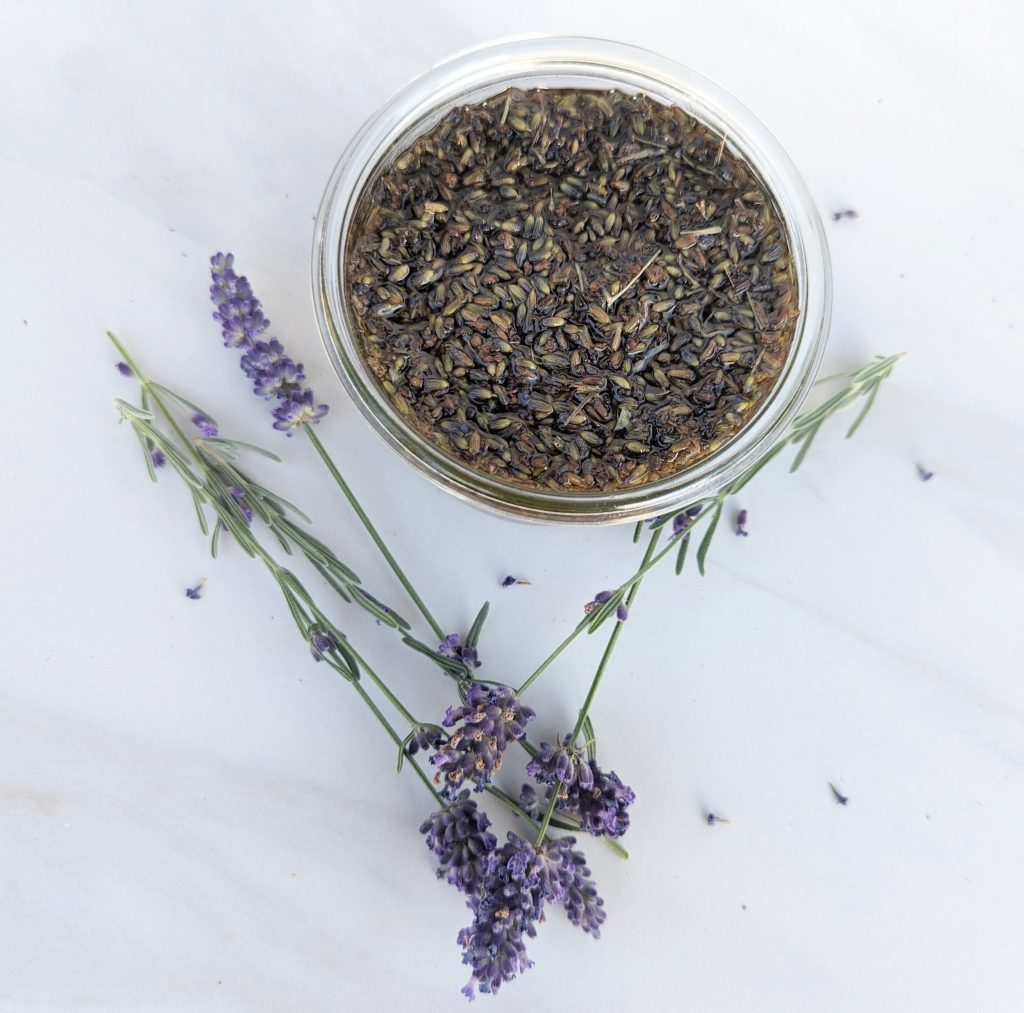
Fresh Herbs vs. Dry Herbs
Growing your own herbs gives you the best of both worlds: fresh and dried options. Fresh herbs provide vibrant flavors that can enhance your dishes, while dried herbs offer convenience and long shelf life. When storing your dried herbs, keep them in a cool, dark place away from direct sunlight to prevent loss of potency. Labeling containers with the herb name and date of drying can help you keep track of freshness.
By understanding the right time to harvest and effective methods to preserve your herbs, you can maximize your garden’s bounty, ensuring that you have flavorful additions to your meals throughout the year!
Troubleshooting and Tips
Common Issues
Even the most seasoned herb gardener can face challenges. Spider mites are a common pest, particularly in indoor settings where air circulation may be limited. Regularly check your plants for signs of infestation, such as webbing or tiny specks on the leaves. If you notice any, consider using a gentle spray of water or insecticidal soap to keep them at bay.
Over-watering is another frequent issue, leading to root rot and stunted growth. Make sure your pots have drainage holes and allow the top inch of soil to dry out between waterings. Additionally, be mindful of lack of light; if your herbs are leggy or not growing well, it might be time to reposition them or supplement with grow lights.
Tips for Best Results
To ensure you get the most out of your herb garden, start with high-quality seeds from a reputable garden center. These seeds often have better germination rates and produce healthier plants. Choose the right pots that allow for good drainage, and always use a well-aerated potting mix.
Pay attention to soil moisture—using a moisture meter can help you gauge when to water. In an indoor setting, maintaining good air circulation is essential. This can be achieved by spacing plants adequately and using a small fan to improve airflow.
Overview
Growing your own herbs is a fantastic way to add fresh flavors to your meals, enjoy medicinal benefits, and take a step toward self-sufficiency. With a little patience and care, you’ll find that herbs are among the easiest plants to grow under the right conditions. They may take time to establish, but the rewards are well worth the effort.
I encourage you to start your own herb garden—whether indoors on a sunny windowsill or outdoors in your backyard. Enjoy the journey of watching your herbs grow from seed to harvest, and relish the satisfaction of incorporating your homegrown herbs into your favorite dishes. Happy gardening!
Shop Our Herbal Collection
Take a look at our online herbal shop with our personal brand of herbal remedies and more!
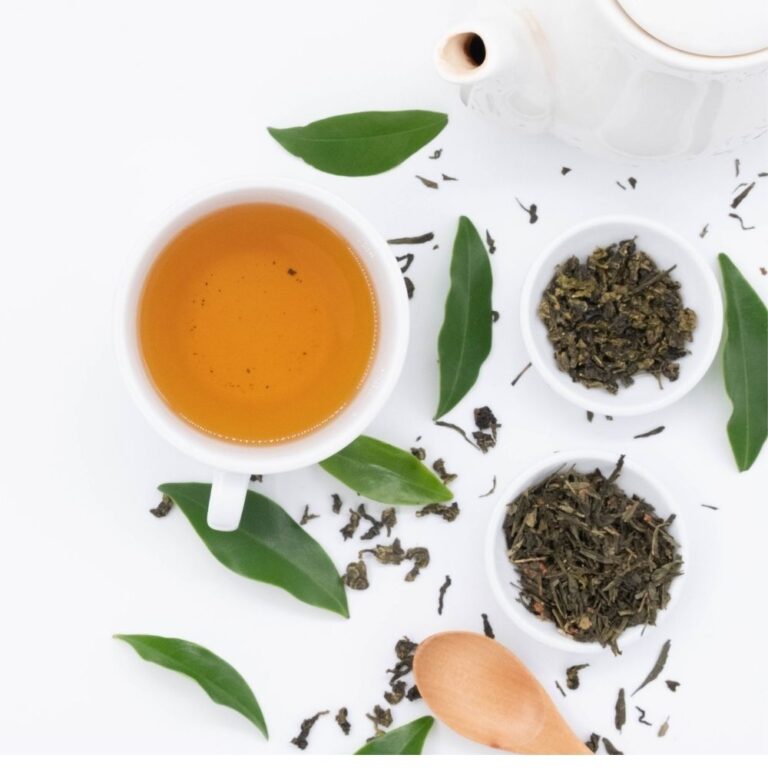
Green Tea Vs Herbal Tea: The Best Complete Tea Guide
Sharing is caring! Facebook Pinterest X Green Tea Vs Herbal Tea: The Best Complete Tea Guide Understanding the Differences Green tea vs herbal tea is a popular debate among tea lovers worldwide. Both offer unique flavors, health benefits, and caffeine content. Tea has a rich history and is enjoyed in many cultures. From Chinese green…
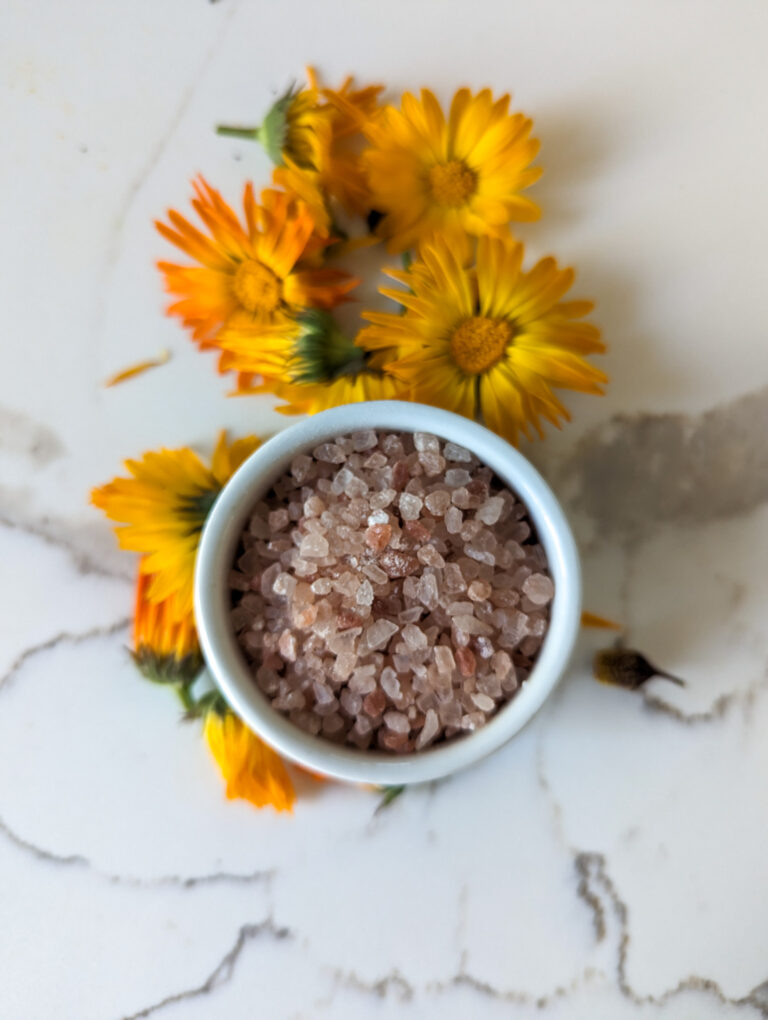
How to Make Bath Salts Without Epsom Salt: Free Recipe
How to Make Bath Salts Without Epsom Salt: Free Recipe How to Make Bath Salts Without Epsom Salt Homemade bath salts without Epsom salt are a great way to enjoy a luxurious soak. You can use natural ingredients like coarse sea salt, baking soda, and pink Himalayan salt for a soothing experience. A relaxing bath…
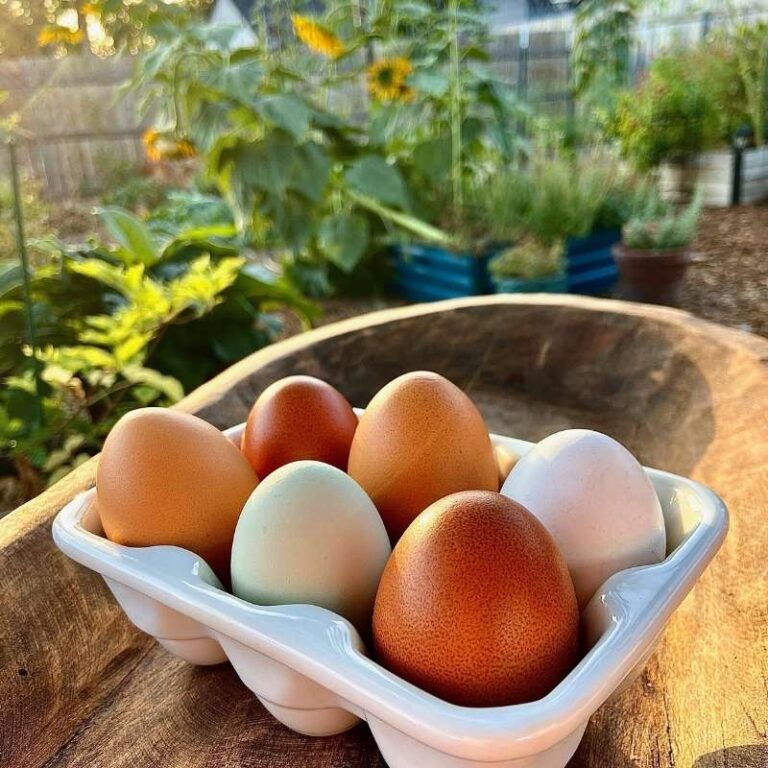
Homesteading in California: How to Start at Any Stage
Homesteading in California: How to Start at Any Stage How Homesteading in California is Possible Homesteading in California is a journey that looks different for everyone, depending on where you live in this vast and diverse state. From the deserts dotted with Joshua trees in the south, to the rugged mountain ranges in the north,…
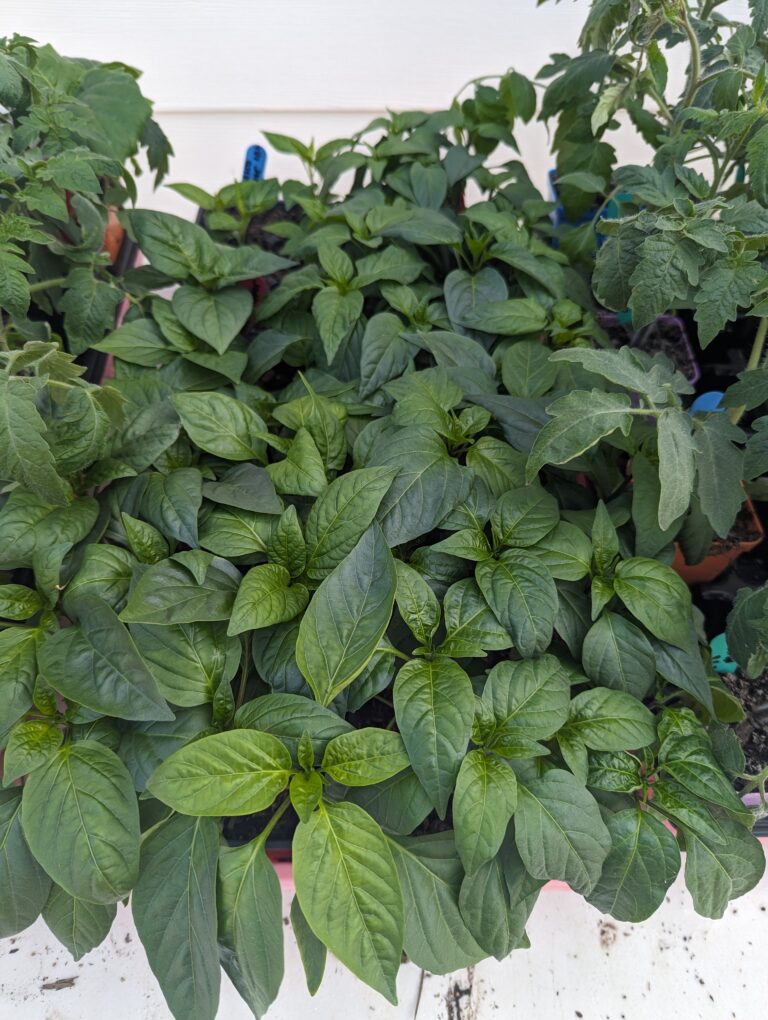
How to Make Peppers Grow Faster: Guide and Easy Tips
How to Make Peppers Grow Faster: Guide and Easy Tips How to make peppers grow faster is a common question among home gardeners seeking to maximize their growing season. Whether you’re nurturing sweet peppers, green peppers, or hot pepper plants, creating ideal conditions is essential for pepper success. The best way to achieve healthy pepper plants…

The Different Types of Cloth Diapers: Ultimate Guide
The Different Types of Cloth Diapers: Ultimate Guide The different types of cloth diapers offer a sustainable and eco-friendly alternative to disposable diapers for your baby. As a mom of five and a Registered Nurse, I’ve seen the many benefits of reusable cloth diapers firsthand. This guide will help you understand the major types of…
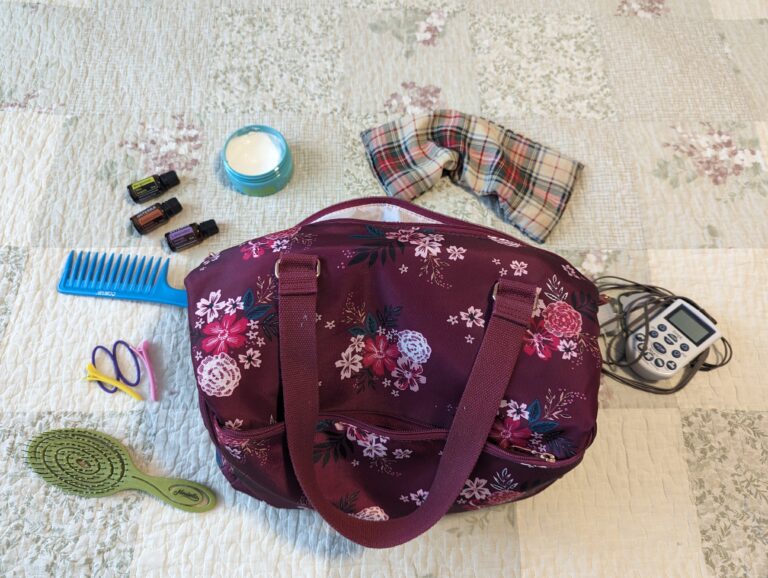
The Best Doula Bag Essentials Kit for Birth and Postpartum
The Best Doula Bag Essentials Kit for Birth and Postpartum The Best Doula Bag Essentials Kit for Birth and Postpartum A well-stocked doula bag is essential for supporting women during birth and postpartum. As a Registered Nurse, mother of five, and former Navy Hospital Corpsman, I’ve experienced the birthing world from many angles. I’ve worked…
